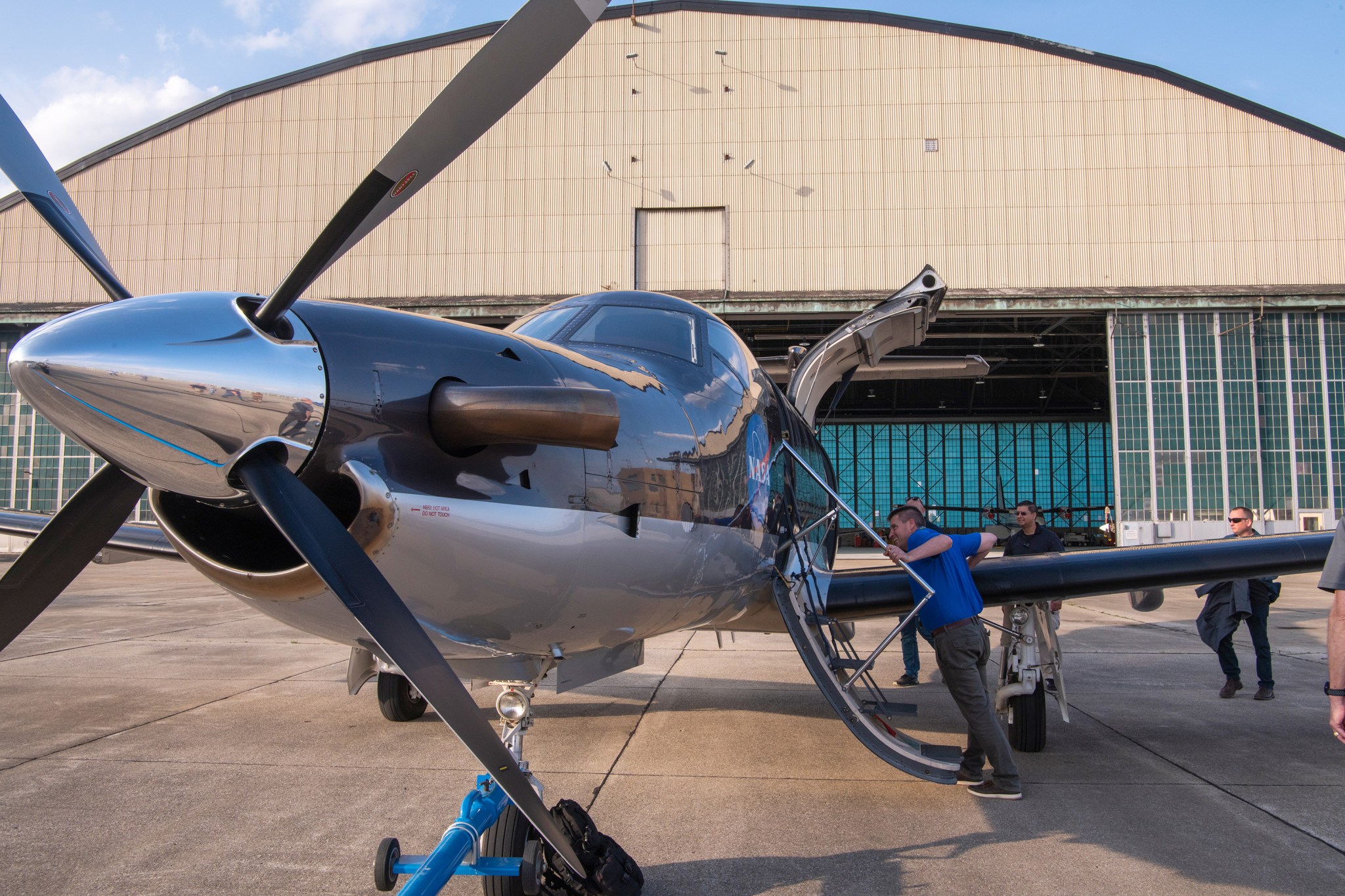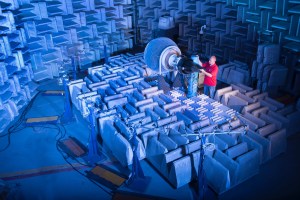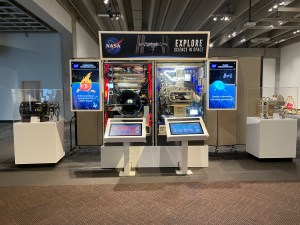When researchers test communications technology for the national airspace, they will be using a newly acquired tool at NASA’s Glenn Research Center in Cleveland. A Pilatus PC-12 aircraft will take on a key role in the agency’s investigation of how to manage the emerging advanced air mobility ecosystem.
After retiring two aging aircraft in the last year, Glenn’s flight operations experts conducted a detailed study to find the perfect replacement.
“We needed an aircraft that had the ability to fly at high and low altitudes, was fuel efficient and had the cargo capacity to carry researchers and monitoring equipment,” said James Demers, chief of Glenn’s Flight Operations. “It also needed to take off and land in a variety of challenging airport situations.”
The new PC-12 offers the versatility NASA Glenn needed. This 2008 turboprop has a pressurized cabin and can fly at altitudes from 4,000 to 30,000 feet for long flights at a cruising speed of 322 miles per hour. This allows it to go long distances for testing in many environments.
The PC-12 can land on short, unpaved runways if necessary. It is so versatile that the Royal Flying Doctor Service of Australia uses it in the punishing extremes of the Outback.
After NASA makes modifications to the interior to accommodate teams of researchers and their equipment, the aircraft will be used for a variety of aeronautic research missions.
Initially, the aircraft’s primary research will evaluate commercial communications technologies that will allow highly automated transportation systems to operate and move passengers or cargo at lower altitudes within urban and suburban areas.
“We plan to evaluate the performance of a NASA partner prototype radio system, cellular services, and satellite technologies for critical information exchanges between aircraft and air traffic service providers during flight in an urban environment,” said Rafael Apaza, associate project manager for the Air Traffic Management eXploration (ATM-X) project. “The PC-12 allows us to put these technologies through good, rigorous tests in optimal locations and at altitudes where new urban vehicles will likely operate.”
Apaza and his team will mount commercially manufactured antenna designs to the belly of the aircraft to evaluate configurations and data transfer rates and exchanges to radio ground systems.
“Flight research trials take concepts out of the lab and into the national airspace to help us make great strides toward a better understanding of communications technology for future flight,” said Apaza.
This work supports the NASA Advanced Air Mobility mission’s plan to map out a safe, accessible, and affordable new air transportation system alongside industry and community partners and the Federal Aviation Administration. These new capabilities would allow passengers and cargo to travel on-demand in innovative, automated aircraft across town, between neighboring cities, or to other locations typically accessed today by car.
“Adding this new aircraft to our fleet will allow us to tackle a vast array of aeronautics research programs for NASA,” said Demers. “We are excited to provide those opportunities for many years to come.”
Nancy Smith Kilkenny
NASA’s Glenn Research Center
































